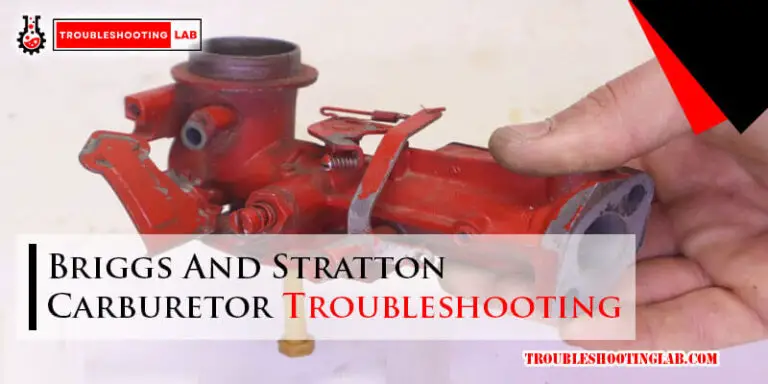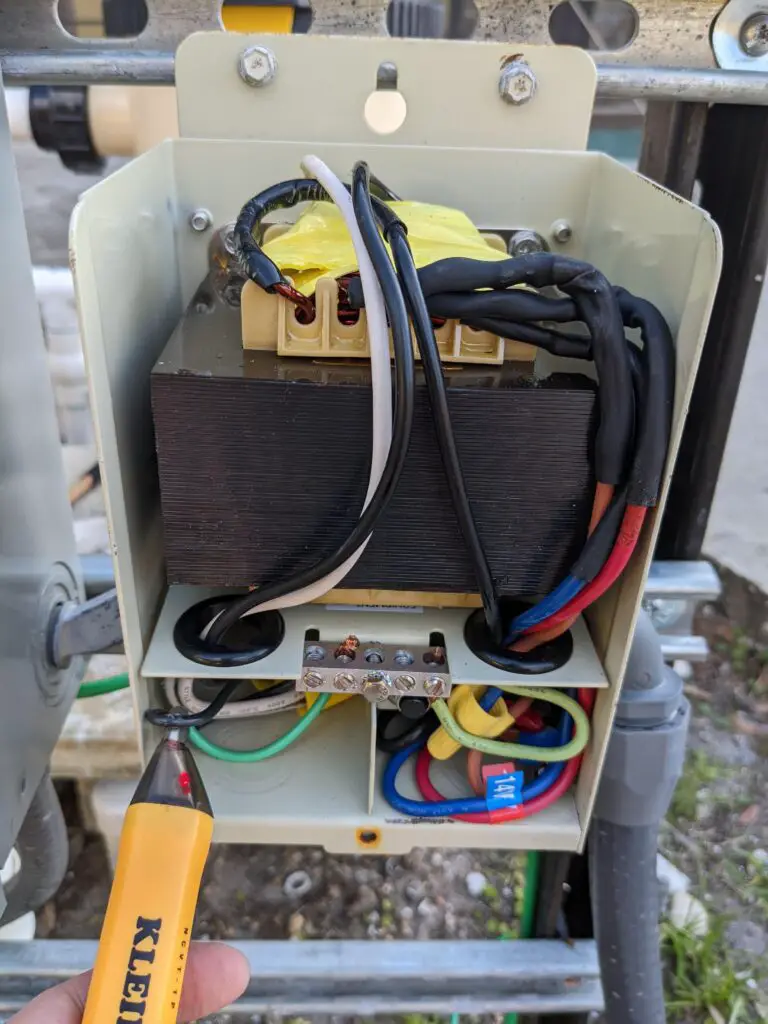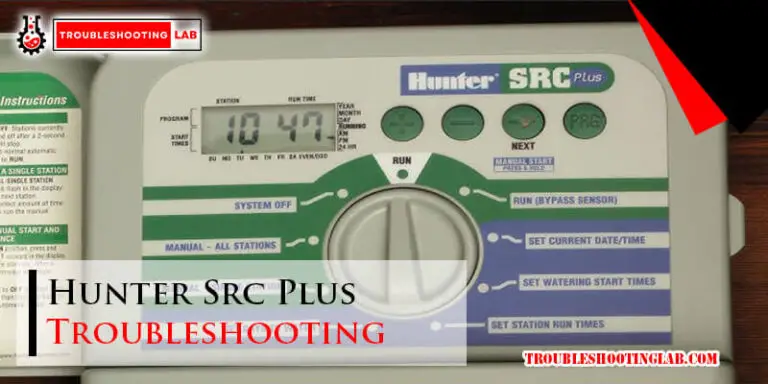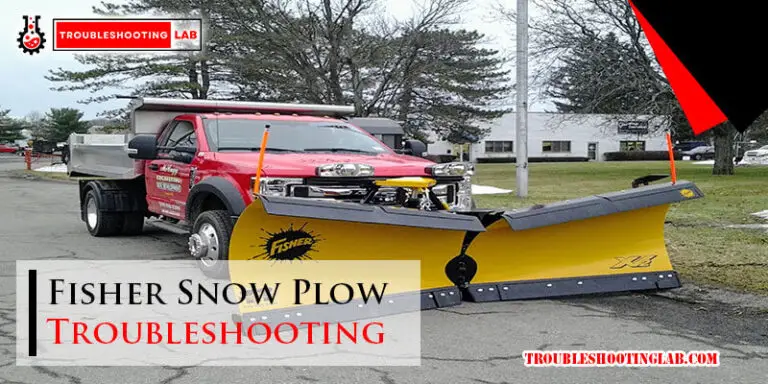Hunter Sprinkler System Troubleshooting: Easy Fixes & Tips
Hunter sprinkler systems are popular for their reliability and efficiency. But, like all equipment, they can face issues.
Having trouble with your Hunter sprinkler system? Don’t worry, you’re not alone. Many homeowners encounter problems, from dry patches in the lawn to water not spraying correctly. Understanding the common issues and how to fix them can save you time and money.
This guide will help you troubleshoot your Hunter sprinkler system effectively. Whether it’s a clogged nozzle, a broken sprinkler head, or programming issues, we’ve got you covered. Dive in to learn how to keep your sprinkler system running smoothly and ensure your lawn stays lush and green.
Introduction To Hunter Sprinkler Systems
Hunter Sprinkler System Troubleshooting helps identify and solve common issues with sprinkler performance. Learn to maintain your garden with simple tips. Keep your system running efficiently.
Hunter sprinkler systems offer efficient and reliable irrigation solutions. They are designed to keep your lawn lush and green. These systems cater to different landscaping needs and weather conditions. With a Hunter system, you can conserve water and maintain your garden’s beauty.Importance Of Proper Maintenance
Regular maintenance ensures your Hunter sprinkler system works effectively. Proper upkeep prevents water wastage and saves money on utility bills. Checking the system periodically can prolong its lifespan. Clean nozzles and filters to avoid blockages. Inspect for leaks and broken parts to maintain optimal performance.Common Issues Faced
Leaks are a common problem in sprinkler systems. They can waste water and damage your lawn. Clogged nozzles may cause uneven water distribution. Faulty valves can lead to poor water pressure. Electrical issues might disrupt the system’s operation. Addressing these problems promptly ensures your lawn remains healthy and green. “`
Credit: diy.stackexchange.com
Identifying Sprinkler System Problems
Identifying issues with your Hunter sprinkler system is essential for maintaining a healthy lawn. Regular checks can help you spot problems early, saving you time and money. This guide will help you recognize common signs of malfunction and the tools you need for diagnosis.
Signs Of Malfunction
Knowing the signs of a malfunctioning sprinkler system is the first step to fixing it. Look out for these common problems:
- Dry patches: Some areas of your lawn may be dry while others are wet.
- Low water pressure: Sprinkler heads don’t spray water as far as they should.
- Leaking: Water pools around the sprinkler heads or pipes.
- Irregular spray patterns: The water distribution is uneven or misting occurs.
- Faulty timers: Sprinklers turn on or off at incorrect times.
Tools Needed For Diagnosis
To diagnose issues with your sprinkler system, you will need a few basic tools:
| Tool | Purpose |
|---|---|
| Garden Hose | Test water pressure manually |
| Screwdriver | Adjust sprinkler heads |
| Pipe Wrench | Fix leaks in pipes |
| Multimeter | Check electrical issues with the timer |
Having these tools on hand can make troubleshooting your sprinkler system much easier. Regular maintenance and quick fixes can ensure your lawn stays green and healthy.
Fixing Water Flow Issues
Experiencing water flow issues with your Hunter sprinkler system can be frustrating. These problems can lead to uneven watering and dry patches. Let’s explore some common fixes to get your system back on track.
Checking For Blockages
First, inspect your sprinkler heads for debris. Dirt, grass, or small rocks can block water flow. Remove the sprinkler heads and rinse them thoroughly. If the problem persists, check the pipes. Use a plumbing snake or a high-pressure hose to clear any blockages.
Adjusting Water Pressure
Water pressure plays a crucial role in proper sprinkler function. Low pressure may result in weak spray patterns. High pressure can cause misting. Adjust the pressure regulator on your system. Ensure it matches the recommended settings in your Hunter sprinkler manual.
If adjusting the regulator doesn’t help, check the main water valve. Sometimes, the valve may not be fully open. Open it completely to ensure maximum water flow. Also, consider the possibility of leaks. Inspect the system for any visible signs of water loss.
Repairing Broken Sprinkler Heads
Repairing broken sprinkler heads is an essential part of maintaining your Hunter sprinkler system. Damaged heads can cause water wastage and inefficient irrigation. Addressing these issues promptly can save you time and money.
Identifying Damaged Heads
First, look for signs of water pooling around the sprinkler heads. This could indicate a broken or leaking head. Next, observe any irregular spray patterns. A damaged head might spray water unevenly. Check for physical damage such as cracks or chips. Sometimes, dirt and debris can clog the heads, making them appear damaged.
Steps To Replace Heads
Start by turning off the water supply to the sprinkler system. Locate the damaged head and dig around it to expose the base. Use a wrench to unscrew the old head from the riser. Attach the new sprinkler head to the riser and tighten it with the wrench. Ensure it is secure but not over-tightened. Finally, turn the water back on and test the new head for proper operation.
Addressing Electrical Problems
Electrical problems in a Hunter sprinkler system can cause major issues. Without proper function, your lawn may suffer. This section provides steps to address these issues effectively.
Inspecting Wiring Connections
First, ensure all wiring connections are secure. Loose wires can disrupt the system.
Follow these steps:
- Turn off the power supply.
- Open the control panel.
- Check all wire nuts and terminal screws.
- Ensure wires are not frayed or damaged.
- Reconnect any loose wires securely.
If wires are damaged, replace them with new ones. This can restore proper function.
Testing Controller Function
After inspecting wiring, test the controller. The controller sends signals to the valves.
Steps to test the controller:
- Turn on the power supply.
- Set the controller to manual mode.
- Activate each zone one by one.
- Listen for a click, indicating the valve is opening.
- If a zone does not activate, note the issue.
Check the display for error codes. Refer to the user manual for code meanings.
Use a multimeter to check voltage output. Ensure it matches the required levels.
These steps can help identify and solve electrical issues. Maintaining your Hunter sprinkler system ensures a healthy, green lawn.

Credit: www.youtube.com
Resolving Valve Malfunctions
Valve malfunctions in your Hunter sprinkler system can disrupt your lawn care routine. Identifying and resolving these issues is crucial for maintaining a healthy garden. This guide will help you locate, clean, and replace faulty valves. These steps ensure your system operates efficiently.
Locating Faulty Valves
First, identify the faulty valve. Check the control box for error codes. Listen for unusual sounds, like hissing or gurgling, near the valves. Use a valve locator tool if needed. Mark the location for easy reference.
Cleaning And Replacing Valves
Turn off the water supply before starting. Carefully remove the valve cover. Inspect for debris or damage. Clean the valve using a soft brush and water. If the valve is damaged, replace it with a new one. Reassemble the valve and turn on the water supply. Test the system to ensure proper function.
Dealing With Leaks
Dealing with leaks in your Hunter sprinkler system can be a daunting task. Leaks can waste water and lead to higher water bills. It’s crucial to address leaks promptly to maintain your irrigation system’s efficiency. Below, we will explore how to find and repair leaks in your Hunter sprinkler system.
Finding Leak Sources
Identifying the source of a leak is the first step. Start by inspecting your sprinkler heads. Look for water pooling around the heads when they are off. This could indicate a leak.
Next, check the valves. Turn off the water supply and observe the valves. If you see water seeping from the valve, it might be faulty.
Another area to inspect is the pipes. Walk along the irrigation lines and look for wet spots or muddy areas. These signs often point to a pipe leak.
Use the following checklist to help you:
- Inspect sprinkler heads for pooling water.
- Observe valves for seepage.
- Check pipes for wet spots or mud.
Repairing Pipe Leaks
Once you have found the leak source, it’s time to repair it. For minor pipe leaks, you can use a repair clamp. Follow these steps:
- Turn off the water supply.
- Clean the leaking area with a dry cloth.
- Place the repair clamp over the leak.
- Tighten the clamp to seal the leak.
- Turn the water supply back on and check for leaks.
If the pipe is severely damaged, replace that section. Here’s how:
- Turn off the water supply.
- Cut out the damaged section of the pipe.
- Measure and cut a new piece of pipe to fit.
- Attach the new pipe using couplings.
- Turn the water supply back on and check for leaks.
By following these steps, you can effectively manage and repair leaks in your Hunter sprinkler system. Regular maintenance will ensure your system operates efficiently.
Seasonal Maintenance Tips
Seasonal maintenance is key to ensuring your Hunter sprinkler system runs smoothly. Regular checks and adjustments can prevent costly repairs and water waste. Let’s explore some essential tips for winterizing your system and getting it ready for spring.
Winterizing Your System
Properly winterizing your Hunter sprinkler system is crucial to avoid damage during cold weather. Follow these steps:
- Turn off the water supply: Shut off the main valve to prevent water from flowing into the system.
- Drain the pipes: Use the manual drain valves to remove any remaining water from the pipes.
- Blow out the lines: Use an air compressor to blow out any remaining water in the irrigation lines. Set the pressure to 50 PSI to avoid damage.
- Insulate the backflow preventer: Wrap the backflow preventer with insulation tape or foam to protect it from freezing temperatures.
- Disconnect the controller: Unplug the controller and remove the battery to prevent damage from power surges.
Spring Start-up Procedures
Spring is the time to get your Hunter sprinkler system ready for the growing season. Follow these simple steps to ensure a smooth start-up:
- Inspect the system: Check for visible damage or leaks. Repair any broken or damaged components.
- Reconnect the controller: Replace the battery and plug the controller back in. Set the current date and time.
- Open the main valve: Slowly turn on the water supply to avoid pressure surges. Check for leaks as the water flows through the system.
- Check the sprinkler heads: Ensure all heads are functioning correctly. Clean any clogged nozzles and adjust the spray patterns as needed.
- Test the system: Run a test cycle to ensure each zone operates correctly. Check for even water distribution and make adjustments as necessary.
By following these seasonal maintenance tips, you can keep your Hunter sprinkler system in top shape. Regular care extends the life of your system and ensures your lawn stays healthy and green.
Professional Help
Sometimes, troubleshooting your Hunter sprinkler system can be a complex task. You might face issues that are difficult to diagnose or fix on your own. In such cases, seeking professional help becomes necessary. Professionals have the expertise and tools to ensure your system runs smoothly and efficiently.
When To Call A Professional
If your sprinkler system has a major leak, call a professional. A persistent low water pressure issue also needs expert attention. Electrical problems within the system are another reason to seek help. Strange noises or irregular water coverage can indicate serious issues. Do not ignore these signs. They can lead to more significant damage.
Choosing The Right Service
Selecting the right service is crucial for effective repairs. Start by researching local sprinkler repair services. Read online reviews and ask for recommendations from friends and family. Check if the service provider is licensed and insured. This ensures they meet industry standards.
Experience in handling Hunter sprinkler systems is a plus. Professionals familiar with these systems can diagnose and fix problems faster. Ask for a detailed quote before starting any work. This helps avoid any hidden costs. Good communication is key. Ensure the service provider listens to your concerns and answers your questions clearly.
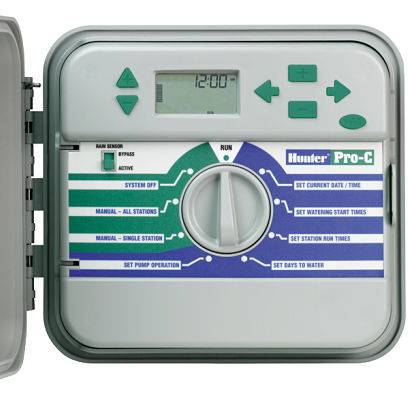
Credit: americannationalco.com
Frequently Asked Questions
How Do I Reset My Hunter Sprinkler System?
To reset, press and hold the reset button for three seconds.
Why Is My Hunter Sprinkler System Not Working?
Check power supply, water source, and controller settings. Ensure all connections are secure.
How Do I Fix A Leaking Hunter Sprinkler Head?
Turn off the water. Replace the damaged sprinkler head with a new one.
Why Are My Sprinkler Zones Not Turning On?
Check for wiring issues, faulty solenoids, or a malfunctioning controller. Inspect and repair as needed.
How Do I Adjust Hunter Sprinkler Heads?
Use the adjustment key. Turn the key to set the spray pattern and distance.
Conclusion
A well-maintained Hunter sprinkler system keeps your lawn green and healthy. Troubleshooting common issues can be simple. Check for clogged nozzles, broken pipes, and faulty timers. Regular maintenance helps avoid bigger problems. Follow these tips, and your system will run smoothly.
Save time and water with a properly working sprinkler system. Happy gardening!

